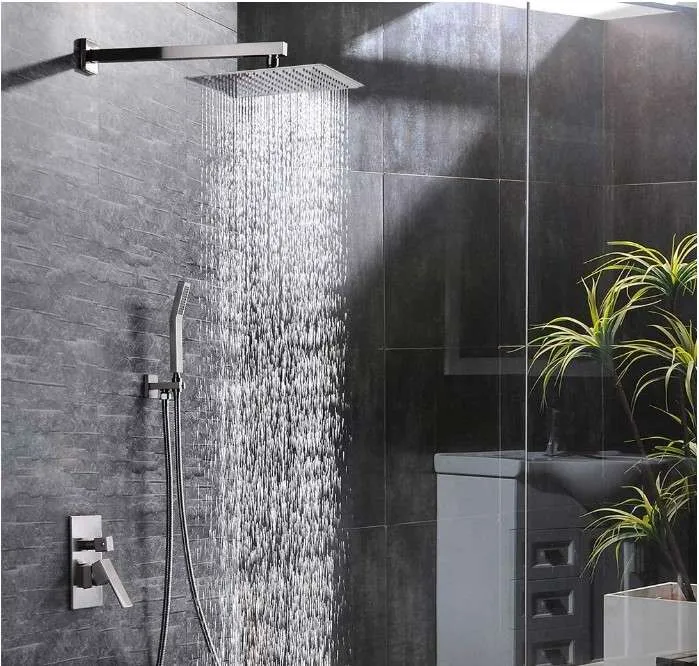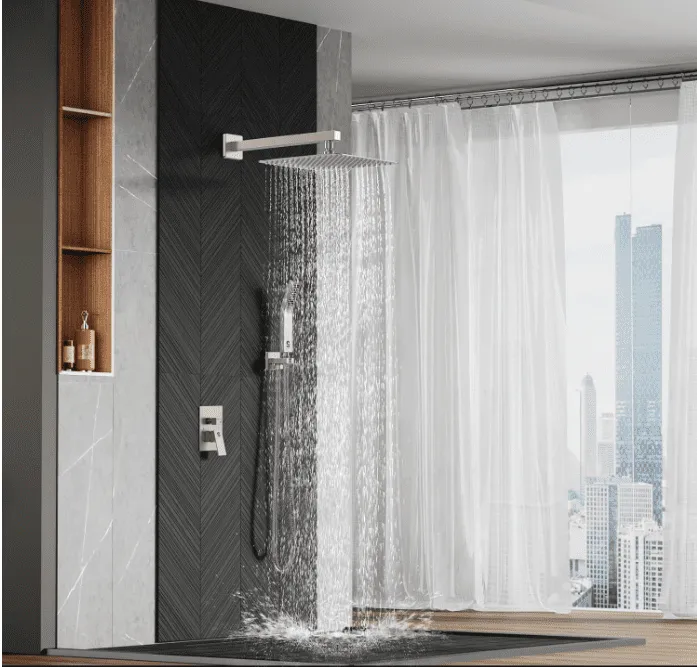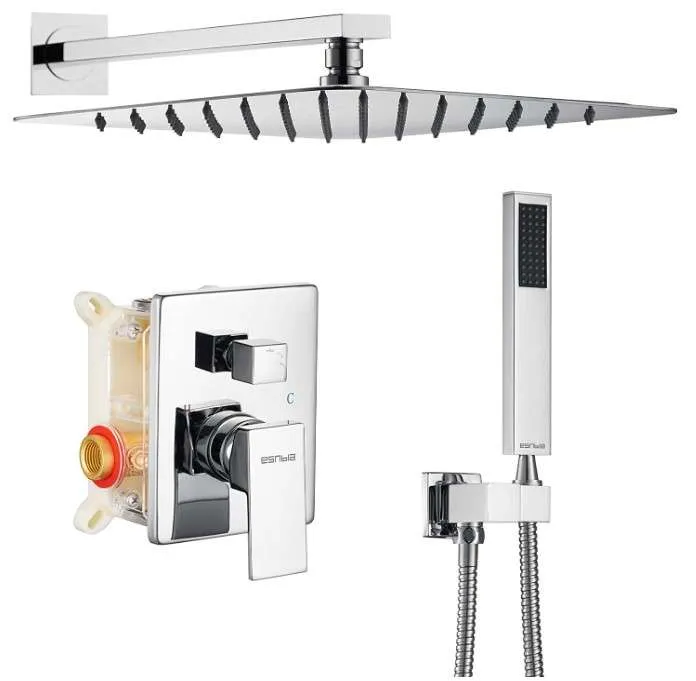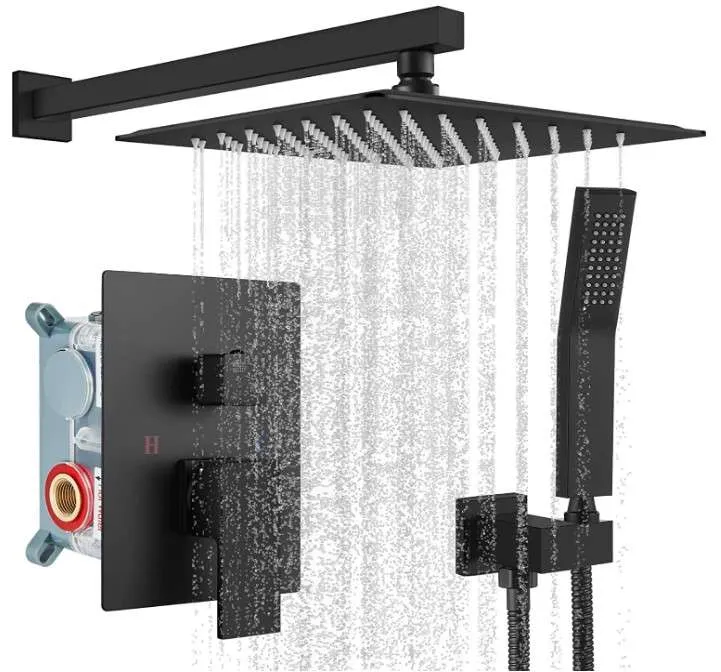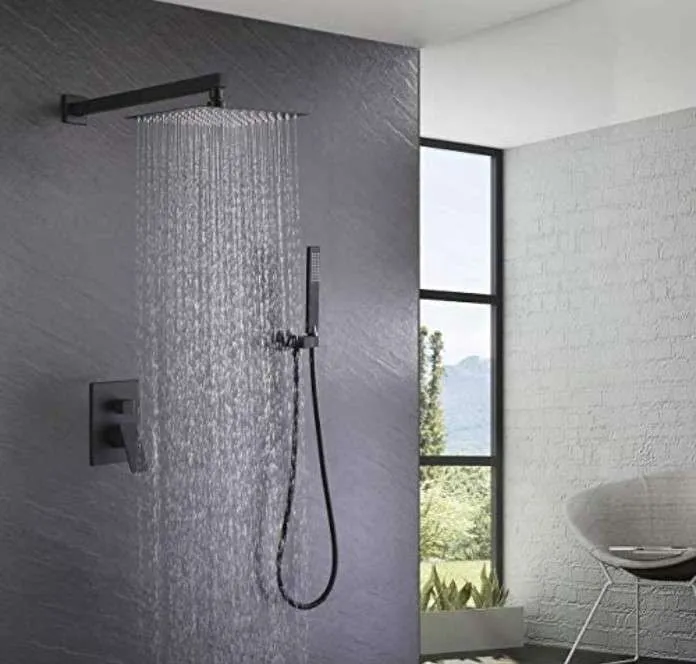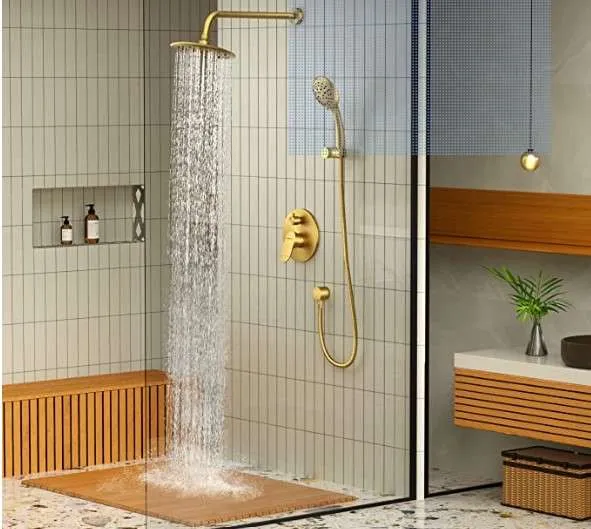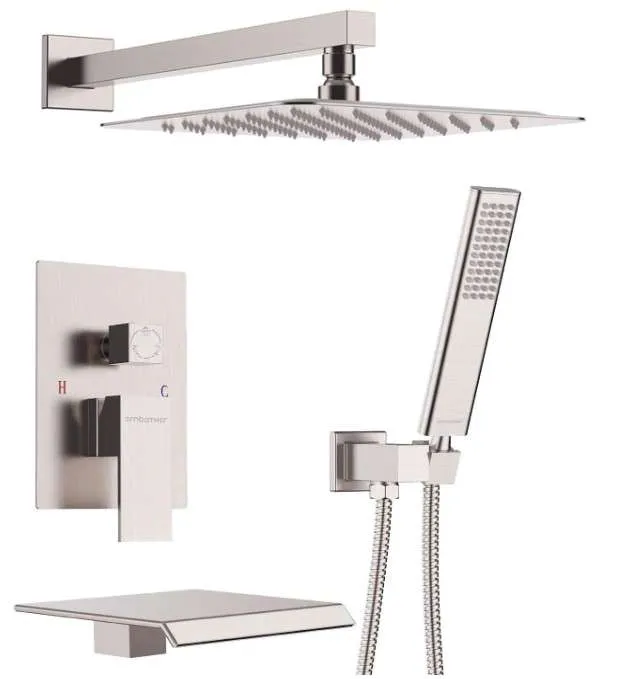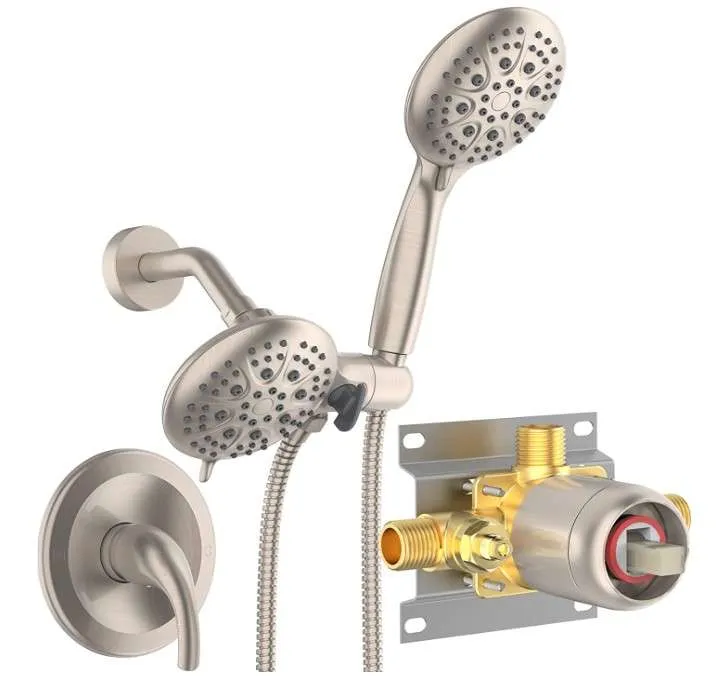
Benefits of Choosing a Quality Shower Faucet
Investing in a good shower faucet is more than just a bathroom upgrade — it’s about improving your comfort, hygiene, and daily routine. Here’s why it’s worth it:
1. Stable Water Temperature
High-quality faucets maintain a steady temperature, so you won’t get sudden cold shocks or scalding hot water. This makes your shower safer and more comfortable.
2. Improved Water Pressure
A reliable faucet ensures strong, consistent water flow, helping you enjoy a satisfying and refreshing shower every time.
3. Saves Water & Reduces Bills
Modern faucets are designed to use water efficiently. You get the same performance with less water — a win for your wallet and the environment.
4. Stylish Bathroom Upgrade
Shower faucets come in a range of sleek designs and finishes that can instantly elevate the look of your bathroom without a full renovation.
5. Durable and Long-Lasting
Made with rust-proof materials like stainless steel or brass, quality faucets resist corrosion and wear — saving you money on repairs or replacements.
6. Easy to Use and Install
Many models now feature user-friendly designs and DIY installation, meaning no plumber required and no damage to your walls.
7 Best Shower Faucets
SR SunRise products come with sleek and modern designs
Made from high-quality, rust-resistant, and long-lasting materials
Easy to install, perfect for DIY bathroom upgrades
Offers a premium look at an affordable price
Matches perfectly with any bathroom decor
Durable and long-lasting shower systems for everyday use
Stylish designs that enhance your bathroom aesthetics
Easy to install, ideal for quick bathroom upgrades
Wide range of products including showerheads and faucets
Affordable pricing without compromising on quality
Innovative and stylish designs to match any bathroom decor
Made with high-quality materials for long-lasting use
Easy installation—perfect for renovations or new builds
Wide range of shower systems, faucets, and fixtures
Combines functionality with modern aesthetics at a great price
Produces high-quality bathroom fixtures: shower systems, showerheads, and accessories
Sleek, modern designs that enhance any bathroom decor
Made from premium materials ensuring durability and long-lasting use
Easy installation process for hassle-free setup
Affordable pricing, popular among homeowners and contractors
High-quality shower systems and fixtures built to last
Elegant designs that enhance any bathroom style
Made with premium materials for long-lasting performance
Easy to install, saving you time and effort
Available in a variety of styles to suit any bathroom renovation or new build
High-quality shower systems, showerheads, and bathtub faucets
Innovative designs that elevate your bathroom’s look
Made from premium materials for long-lasting durability
Easy installation for hassle-free upgrades
Available in various styles to fit any bathroom renovation or new build
Wide range of shower systems, showerheads, and bathtub faucets
Elegant designs that enhance any bathroom decor
Made from high-quality materials for long-lasting durability
Easy to install, saving time and effort
Available in multiple styles to suit renovations or new builds




